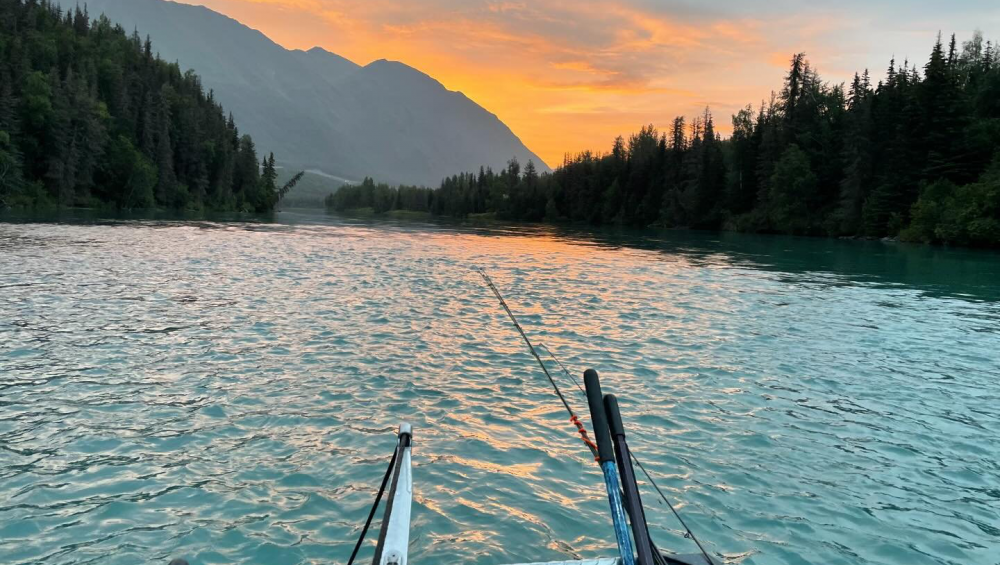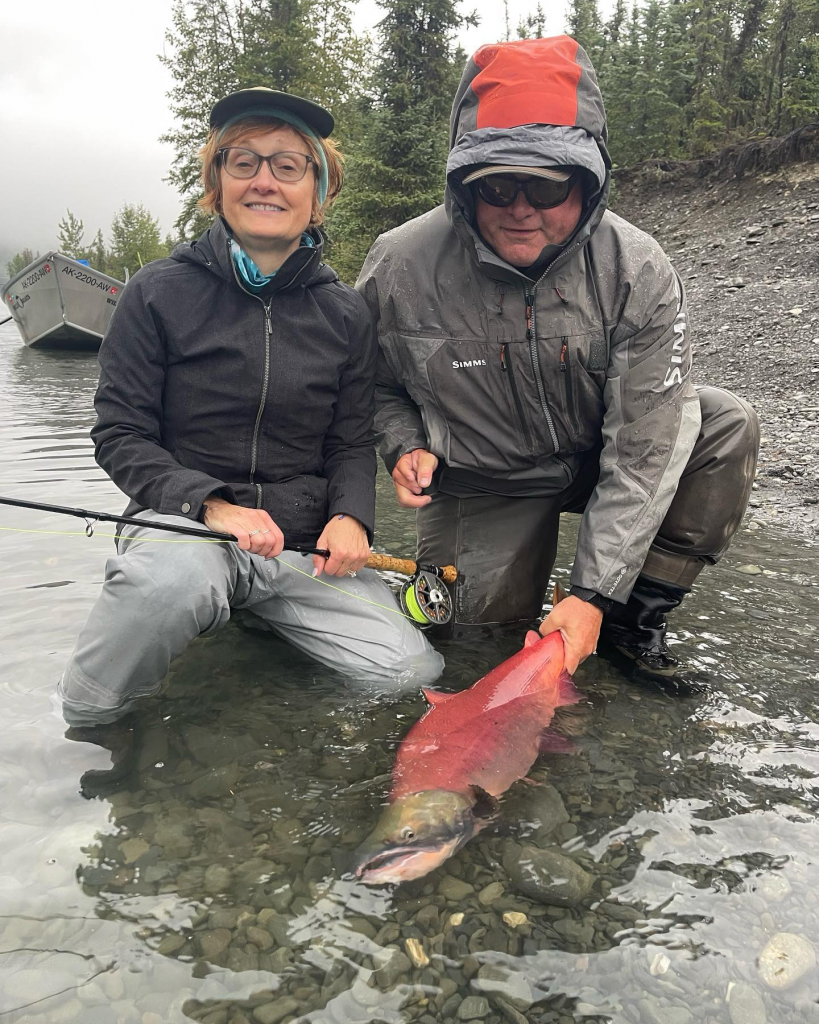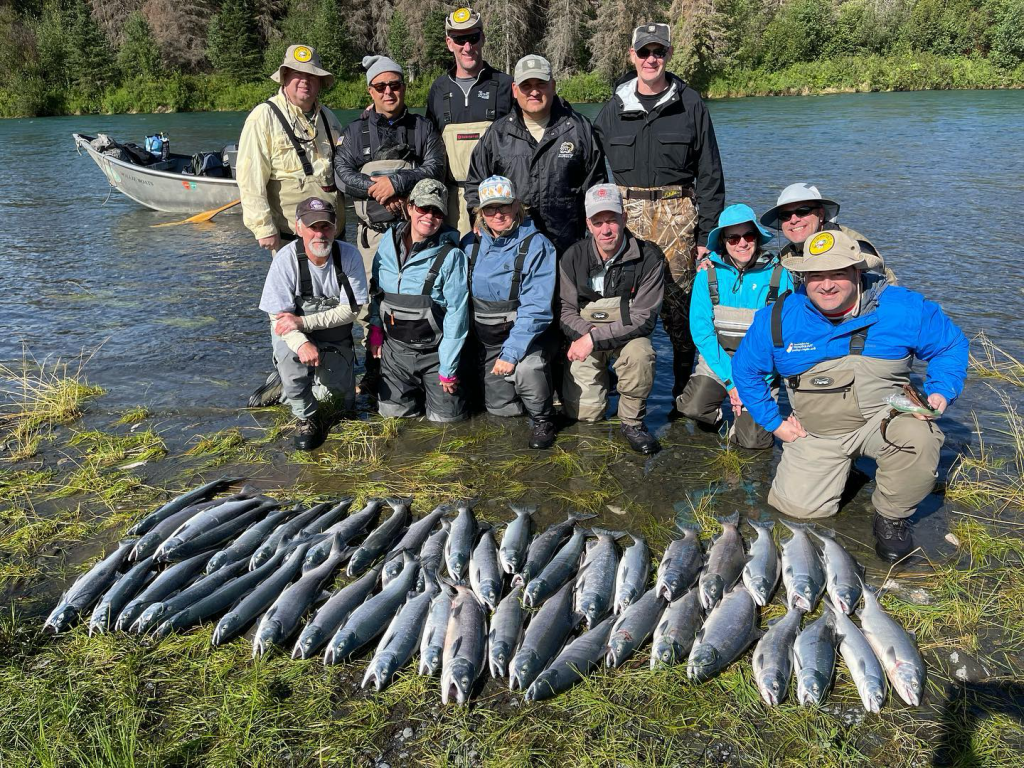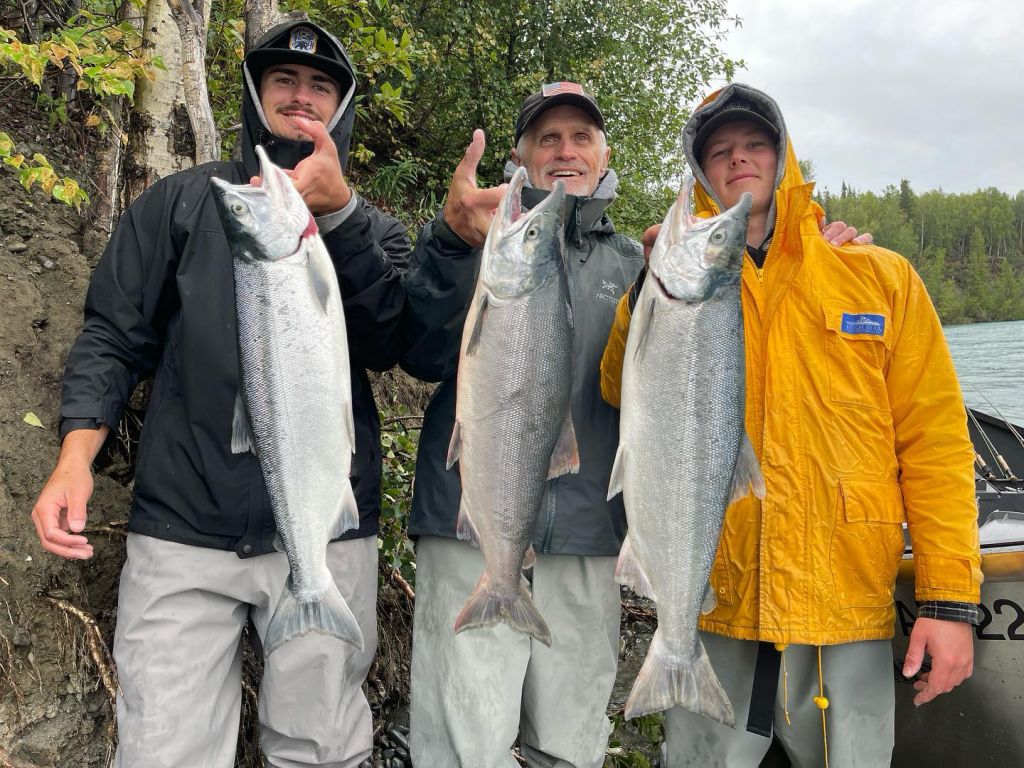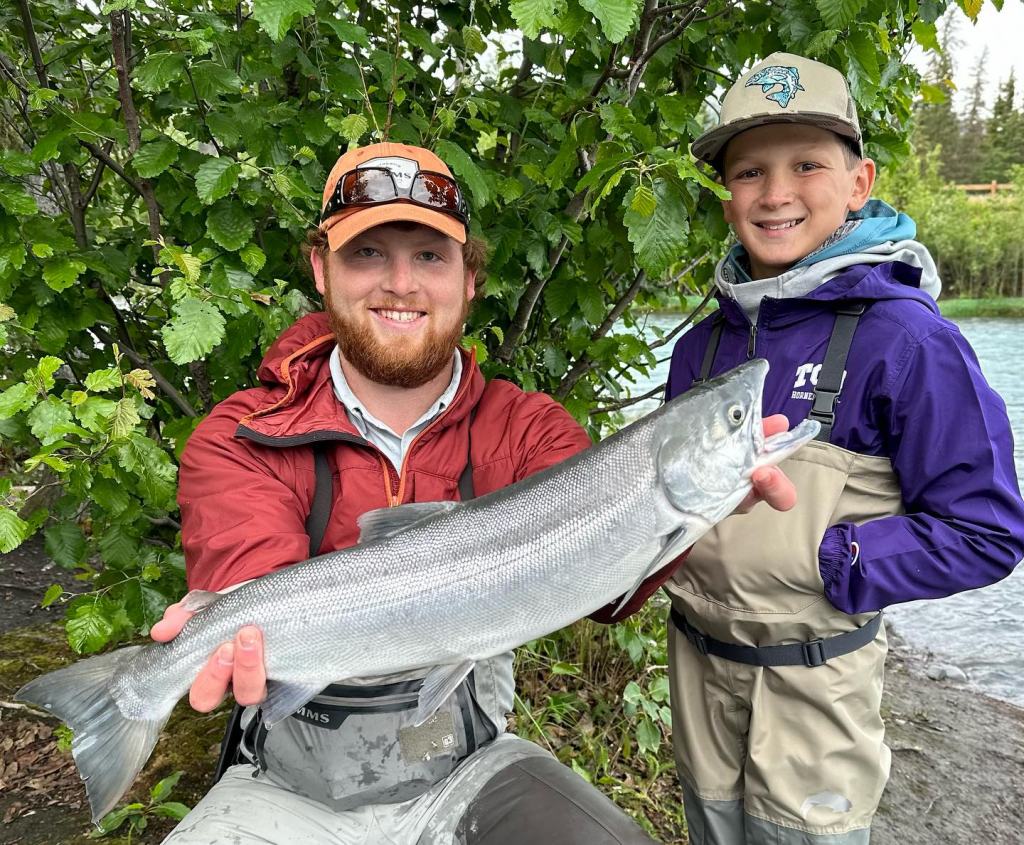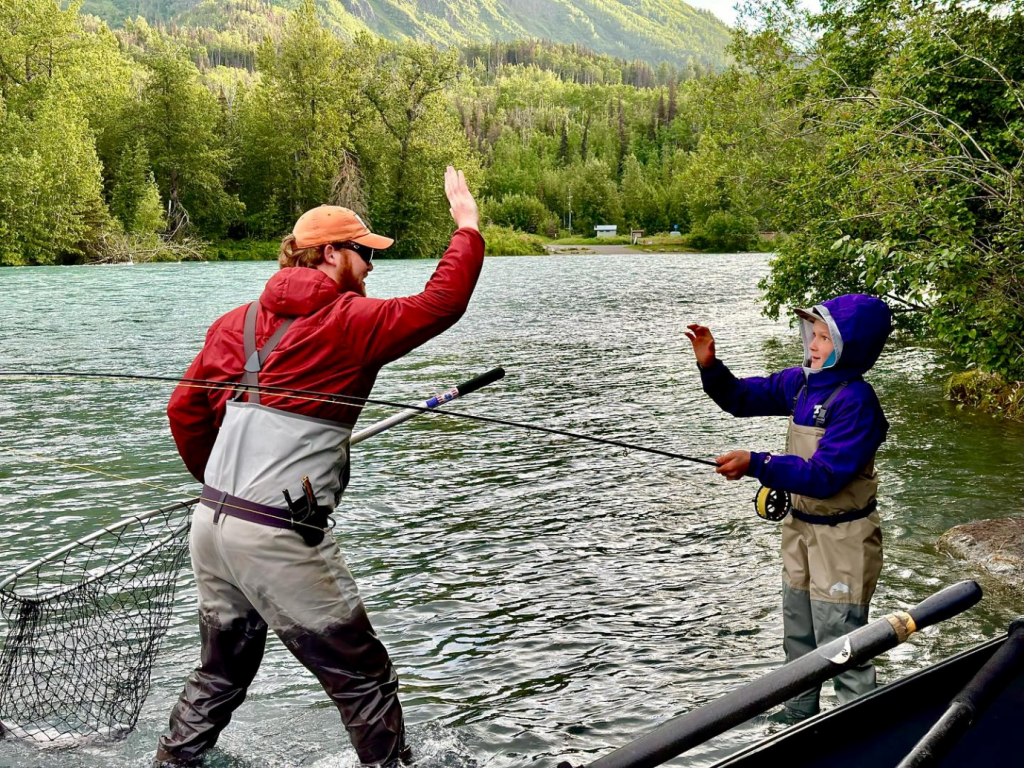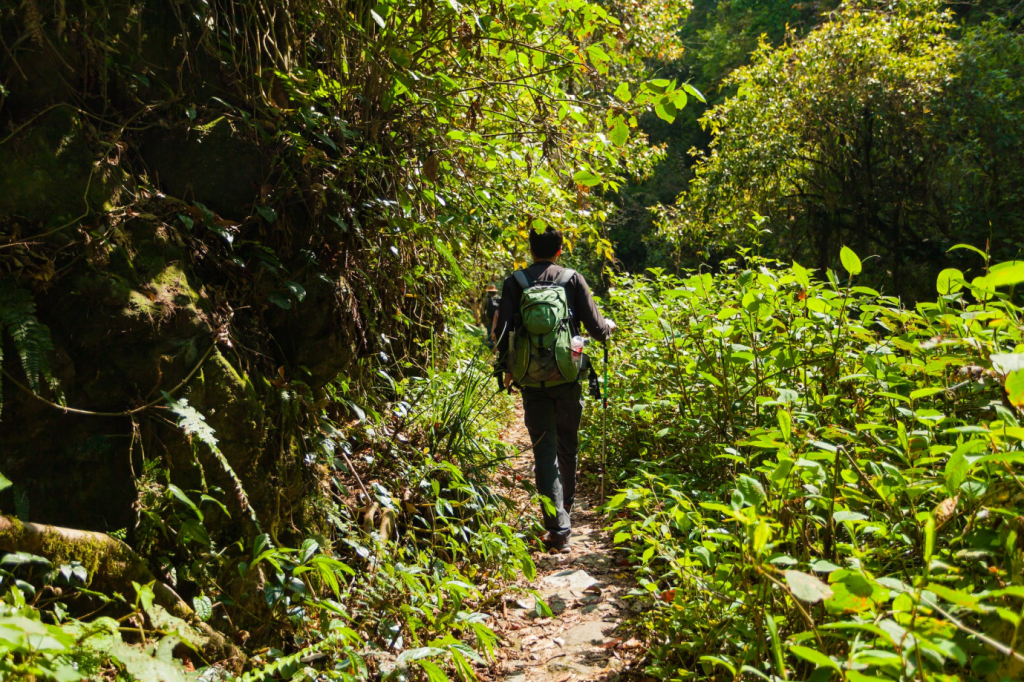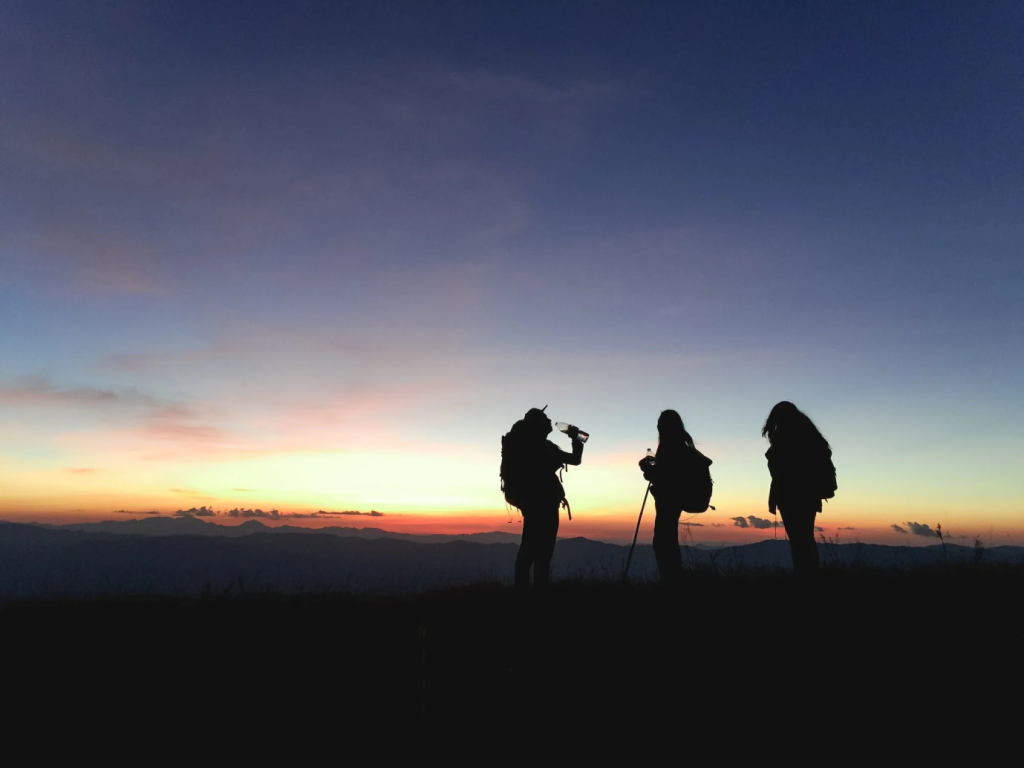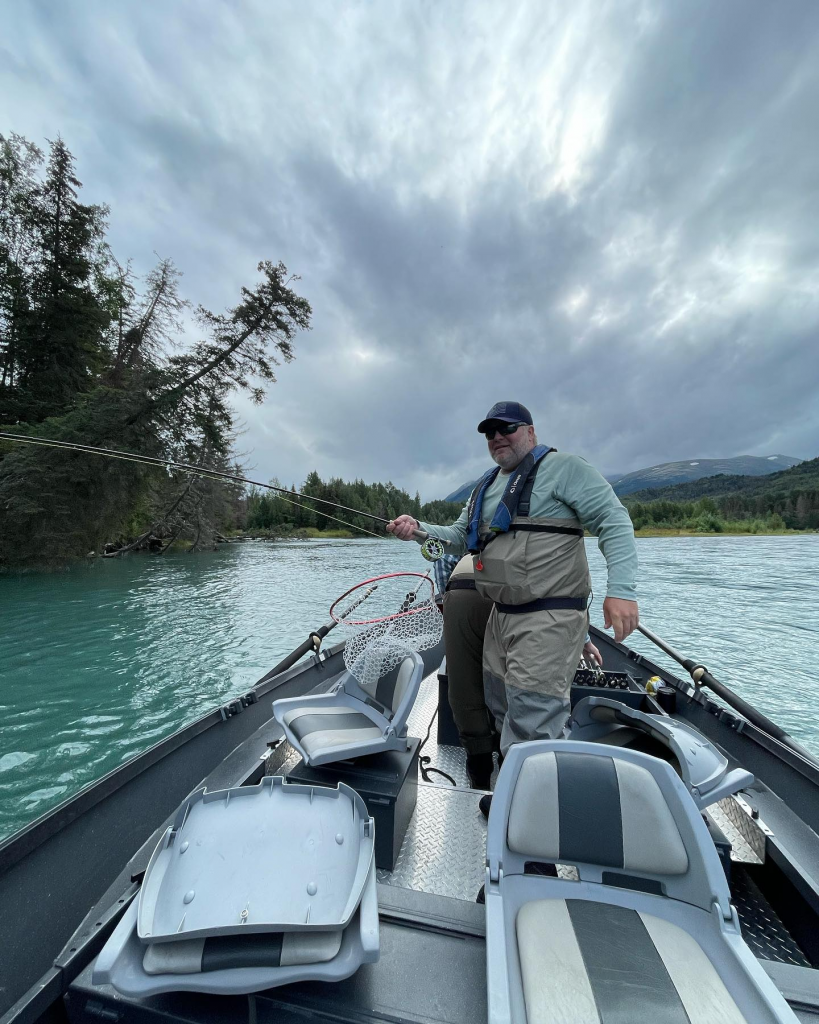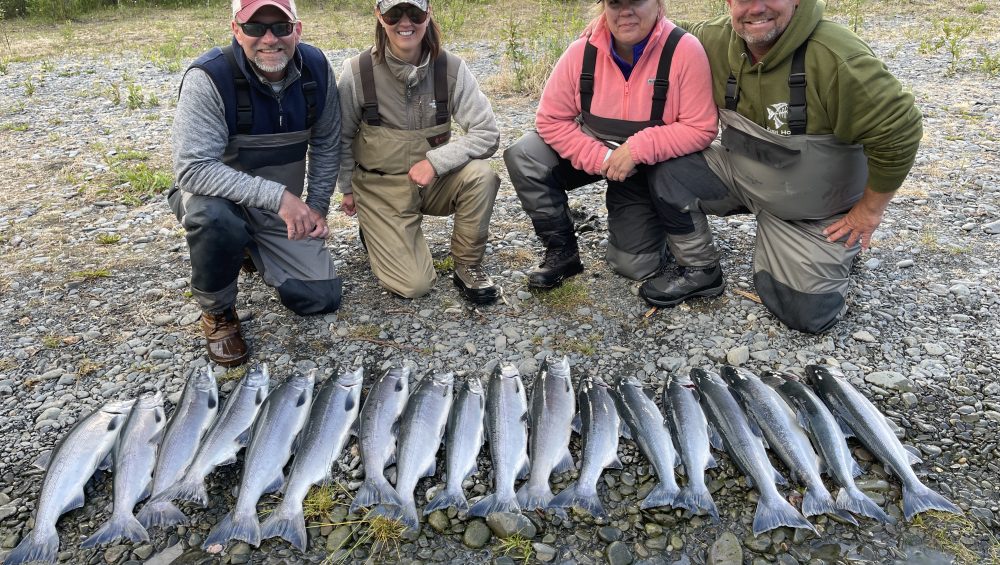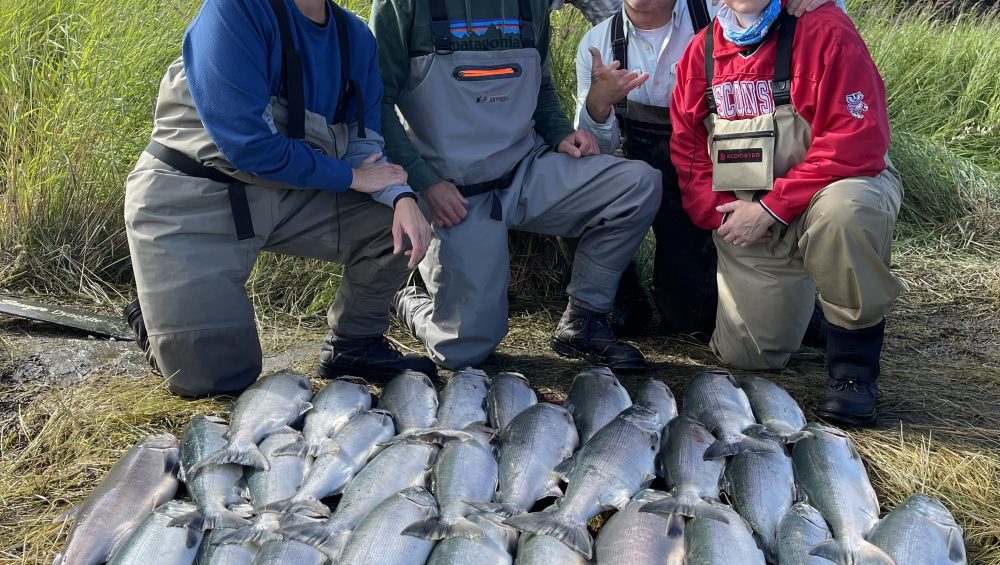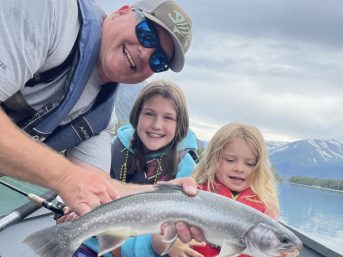In the heart of Alaska, the Kenai River flows with an abundance of fish and breathtaking scenery, drawing anglers from around the world. Behind every successful Kenai River fishing trip stands a dedicated guide whose day begins long before sunrise and ends after the last fish is caught.
This blog takes you through a day in the life of a fishing guide, highlighting the highs, challenges, and rewards of guiding anglers along this legendary waterway, with a focus on the prized sockeye and silver salmon.
Dawn on the Kenai: Preparation and Anticipation
Before the first light of day, a Kenai River fishing guide is already hard at work. The day typically begins around 4:00 AM, with preparations in full swing. The guide meticulously checks gear, ensuring that rods, reels, and lines are in perfect condition. Fly fishing guides often prepare specific flies that mimic the local aquatic insects to entice salmon.
As the sun begins to rise, painting the sky with hues of pink and gold, the guide heads to the river to launch the boat. The anticipation of a new day on the Kenai River is palpable, both for the guide and the anglers arriving for their guided fishing trips in the Kenai River. Each day brings the promise of adventure and the thrill of the catch.
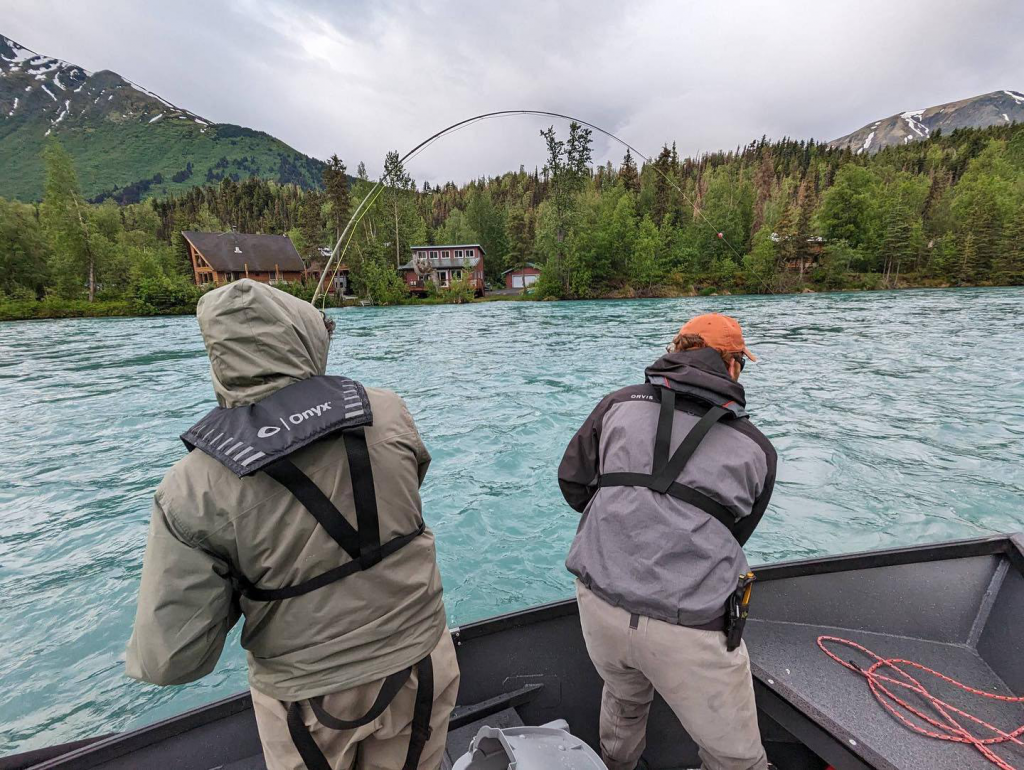
Morning on the River: Casting Lines and Reeling in Joy
With the boat in the water and the anglers aboard, the guide navigates to the first fishing spot. The Kenai River is renowned for its sockeye salmon, particularly from mid-June to early August, when millions of these vibrant fish return to their spawning grounds. The guide’s knowledge of the river’s currents, fish behavior, and prime locations is crucial for a successful outing.
As the anglers cast their lines, the guide offers tips and techniques, adjusting for each person’s skill level. Patience and persistence pay off as the first salmon bites. The excitement of reeling in a sockeye salmon is unmatched, and the guide’s role in this moment of triumph is immensely rewarding.

Midday: Navigating Challenges and Ensuring Safety
As the sun climbs higher, the challenges of guiding become more evident. The Kenai River is a dynamic environment with shifting currents and unpredictable weather. A fishing guide must remain vigilant, constantly assessing conditions to ensure the safety of the anglers.
The guide’s responsibilities extend beyond finding fish. They must manage the boat, assist with lines, and provide encouragement and support. For those new to salmon fishing in the Kenai River, the guide’s expertise is invaluable. They teach proper casting techniques, demonstrate how to handle the fish, and ensure that everyone adheres to local fishing regulations.
Despite the challenges, the guide finds joy in every aspect of the job. The beauty of the Kenai River, the camaraderie with anglers, and the satisfaction of helping others connect with nature make each day fulfilling.
Afternoon: The Silver Salmon Surge
As the day progresses, the focus often shifts to silver salmon, especially during their peak season from late July through October. Silver salmon, or coho salmon, are known for their aggressive nature and strong fight. The guide’s role becomes even more critical as they help anglers tackle these feisty fish.
The guide expertly navigates to prime silver salmon spots, where the fish are known to congregate. The thrill of hooking a silver salmon is exhilarating, and the guide’s knowledge of the best techniques for landing these fish ensures a higher success rate. Each catch brings smiles, high-fives, and a sense of accomplishment, both for the anglers and the guide.

Evening: Reflection and Preparation for Tomorrow
As the sun sets and the day’s fishing comes to an end, the guide’s work is far from over. Back at the dock, they clean and store gear, prepare the boat for the next day, and often fillet and package the day’s catch for the anglers. This is also a time for reflection, considering what worked well and what could be improved for future trips.
For many guides, the connection with their clients goes beyond the day’s fishing. They share stories, offer insights into the local ecosystem, and foster a sense of respect for the natural environment. The guide’s dedication and passion for their work leave a lasting impression on everyone they meet.
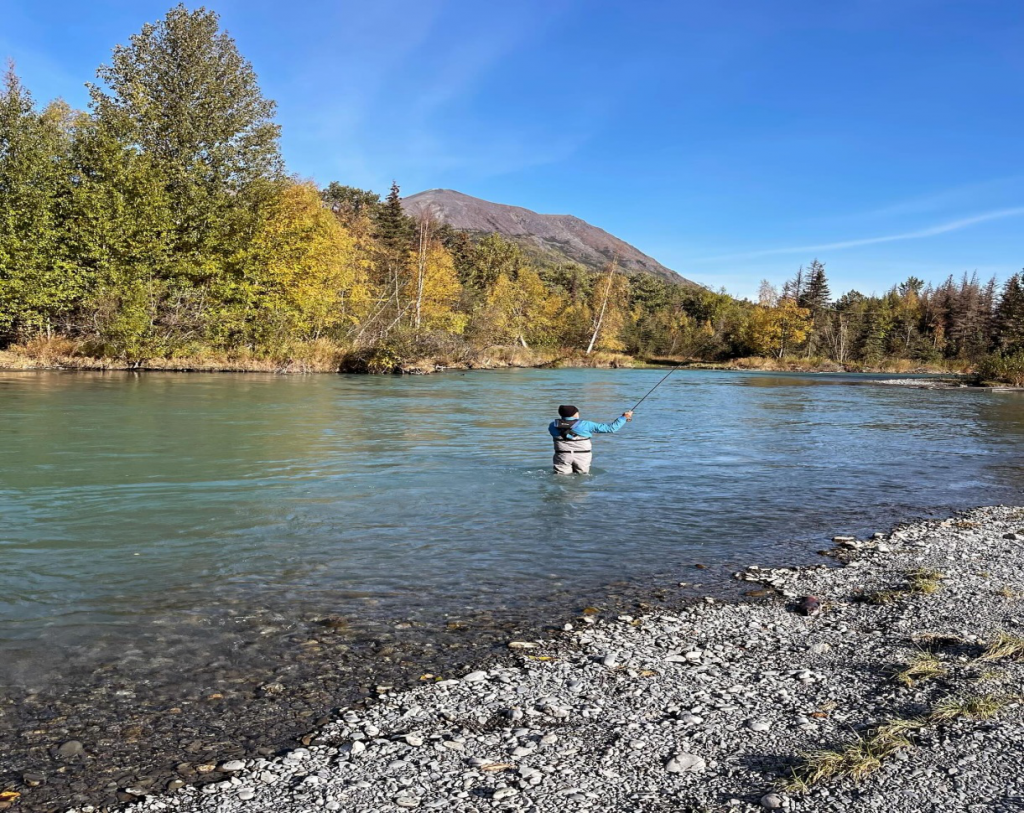
Join the Adventure with Jason’s Guide Service:
Experiencing a day in the life of a fishing guide on the Kenai River is both exhilarating and enriching. The combination of early mornings, the thrill of the catch, and the serene beauty of the river creates a unique and unforgettable adventure.
For those looking to embark on their own Kenai River fishing trips, Jason’s Guide Service offers exceptional guided fishing trips in the Kenai River. With expert fly fishing guides and a deep knowledge of sockeye and silver salmon fishing, Jason’s Guide Service ensures a memorable and rewarding experience.
Book your adventure today and discover the joys of a day in the life of a fishing guide on the Kenai River.

